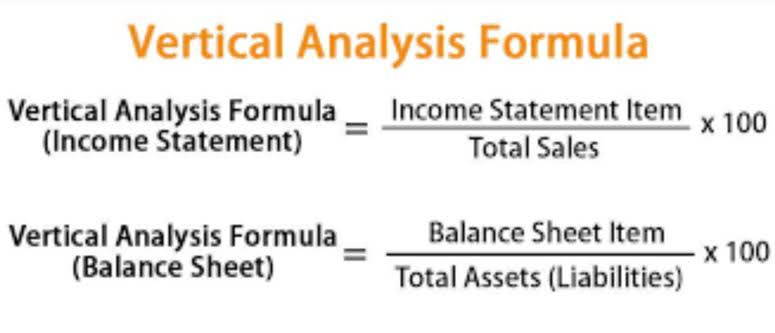
This added information can interest stakeholders who want to know more about how a company operates its business. A multi-step income statement uses three distinct formulas to present gross profit, operating income, and net income. A single step income statement is not suitable for all business entities. One of the primary drawbacks is that it does not show detailed information about the expenses of a business. This can be problematic because businesses need to know where their money is being spent in order to make informed decisions about budgeting and future investments.
- It includes marketing costs, rent, inventory costs, equipment, payroll, step costs, insurance, and funds intended for research and development.
- To accurately prepare a statement, refer to our detailed guide on how to preparing an income statement to get correct information on your business’s financial health.
- Understanding the advantages and disadvantages of single-step income statements can help you determine if this is the right option for you.
- It is the total amount of income which the company generated by selling the goods or service.
What is the approximate value of your cash savings and other investments?
While the multi-step income statement takes more time and effort to prepare, it can help provide a detailed analysis of your company’s financial performance. An Income Statement is a financial statement that shows the revenues and expenses of a company over a specific accounting period. The above example is one of the simplest types of income statements, where you apply the values of income, expense, gains and loss into the equation to arrive at the net income.
Ask a Financial Professional Any Question

The other two important financial statements are the balance sheet and cash flow statement. A single-step income statement is useful when your business does not have complex operations or only needs a simple statement that could report the net income of a business. While the single-step format is not cluttered with multiple subtotals, it requires the reader to compute the gross profit and operating income from the amounts listed. A single-step income statement might not be accurate because there are no calculations related to costs. If your business model has a lot of different expenses, you might not get an accurate number. A single-step income statement is fairly straightforward and easy to complete, but there are some calculations that need to be finished before you can get the final number of your profit or loss.
Single-Step vs. Multiple-Step Income Statements: An Overview

Operating expenses totaling $37,000 were then deducted from the gross profit to arrive at the second level of profitability – operating profit which amounted to $6,000. This is the profit before any non-operating income and non-operating expenses are taken into single step income statement example account. It segregates total revenue and expenses into operating and non-operating heads. Competitors also may use income statements to gain insights about the success parameters of a company, such as how much it is spending on research and development.
- When deciding which type of income statement to use, single or multiple steps, there are several factors to consider.
- Gains are the earnings produced outside of the sale of your main goods or services.
- The single-step income statement is the most simplified version of the income statement.
- The multiple-step model separates revenue and expenses into different categories so you can see exactly where your money goes.
- While a single-step statement may be quicker and easier to make, if it doesn’t provide all the information you need then there’s no point in using it.
- The single-step income statement gives a straightforward summary of a business’s financial performance for a specific period of time, focusing on the profit earned.
Operating Revenue
Primary revenue and expenses offer insights into how well the company’s core business is performing. Secondary revenue and fees, on the other hand, account for the company’s involvement and expertise in managing ad hoc, non-core activities. A single-step income statement is the simplest way to track revenue and expenses.

Secondary-Activity Expenses
This includes operating income, other net income, interest-linked expenses, and applicable taxes. Added these together with operating income arrives at a net income of $72.36 billion for Microsoft. Operating expenses are further expenses that are subtracted from total revenue. Microsoft spent $27.2 billion on research and development (R&D), nearly $22.76 billion on sales and marketing costs, and just under $7.58 billion on general and administrative costs. Total operating expenses are computed by summing all these figures ($65.86 billion + $27.2 billion + $22.76 billion + $7.58 billion) to arrive at $123.39 billion. Also called other sundry income, gains indicate the net money made from other activities like the sale of long-term assets.

Differences between an income statement vs. balance sheet
- This includes operating income, other net income, interest-linked expenses, and applicable taxes.
- All three documents must be reviewed together to get a clear picture of the financial health of the business.
- The income statement can also help you make decisions about your spending and overall management of business operations.
- Single-step statements are simpler to create and provide a quick overview of your financial performance.
- A trial balance sheet is an internal document that presents the end balance of each business account for the defined reporting period.
